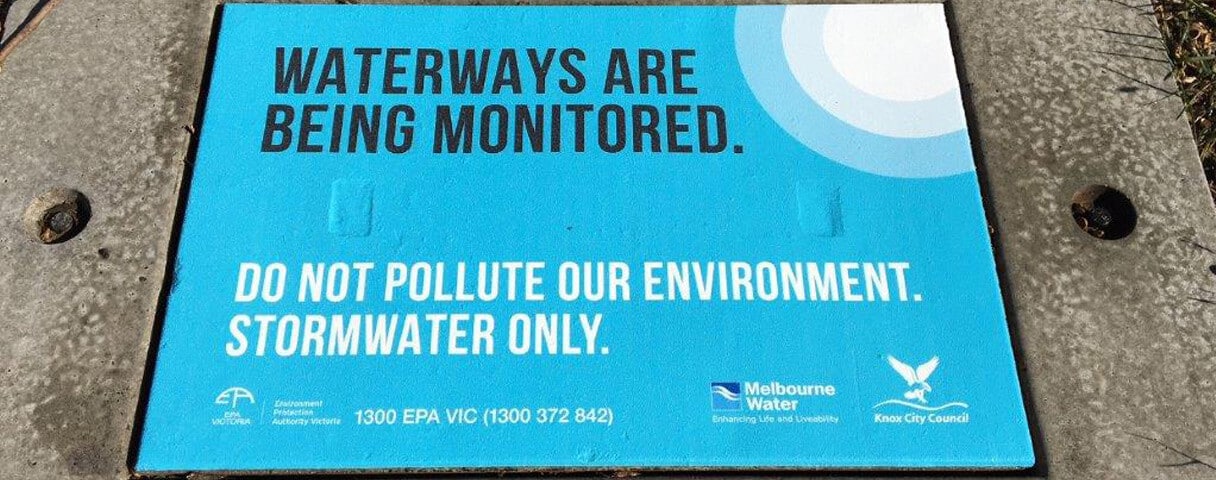Melbourne’s waterways are home to precious aquatic wildlife and provide local communities with important, liveable spaces to gather, play and celebrate.
Our rivers and creeks all eventually find their way to the ocean via Port Phillip or Western Port Bay, so it’s important that they are healthy, clean and free from pollutants and contamination.
Melbourne Water manages over 8,600 kilometres of Melbourne’s waterways – including Dandenong Creek and Old Joe’s Creek – to ensure water quality and health. Testing of the creeks by Melbourne Water and it’s research partners identified heavy metals in the water, which pose a risk to the health of the rivers and the animals and communities that rely on them.
Monitoring for illegal disposal
“Although it’s illegal to dispose of industrial waste in our stormwater drains, it’s not unusual to find industrial contaminants – like heavy metals and chemicals – in our waterways,” said Heath Baker, Senior Planning Engineer from Melbourne Water.
“We know most businesses are doing the right thing and disposing of waste responsibly, so our challenge is identifying where these contaminants are coming from, so we can better educate those customers on how to safely dispose of waste,” Mr Baker added.
To address this challenge, the project will trial seven Advanced BlokAid® devices throughout the Dandenong Creek catchment areas.
Developed and tested by South East Water and shared by Iota, South East Water’s commercial arm, the devices use IoT technology to remotely monitor and report water flow patterns to identify anything out of the ordinary.
The project will trial the advanced sewerage monitoring technology to monitor the stormwater levels and flow into Dandenong Creek and Old Joe’s Creek, to help understand the water patterns and identify any unexpected peaks that could indicate illegal waste disposal.
Iota’s Business Development Manager, Jason Morris said he looked forward to the devices being used to identify waste disposal.
“We’ve already proven the effectiveness of Advanced BlokAid® within the South East Water network where they are detecting anomalies and protecting our bays from sewer spills,” Mr Morris explained.
An innovative design solution
One of the advantages of the devices is their compact and lightweight design, which means they can be moved quickly and easily.
“Because of the size of the devices, we can relocate them in less than two hours, which means we can respond to changing conditions and monitor a range of sites,” Mr Morris explained.
“This is particularly important for this project, as at this stage, we don’t know where these contaminants are coming from, so being able to move the devices is a key part of our approach,” he said.
We need to understand what is happening in our stormwater drains, so we can identify what is part of our expected flow patterns – and what isn’t.
HEATH BAKER
SENIOR PLANNING ENGINEER, MELBOURNE WATER
Real-time data benefits
IoT technology allows the devices to send messages from the monitoring location directly to a smartphone or alert system in real-time, which means crews can quickly respond and investigate any potential issues.
“Receiving accurate, timely information will be essential to the success of this project,” Mr Baker said.
“We need to understand what is happening in our stormwater drains, so we can identify what is part of our expected flow patterns – and what isn’t,” he explained.
“The devices will give accurate, locations specific, up-to-the-minute data which is something we just haven’t had access to before now,” he added.
With a battery life expected to be greater than 10 years, the devices are an efficient and cost-effective way to monitor water networks, and provide 24/7 visibility of underground and hard-to-access assets.




